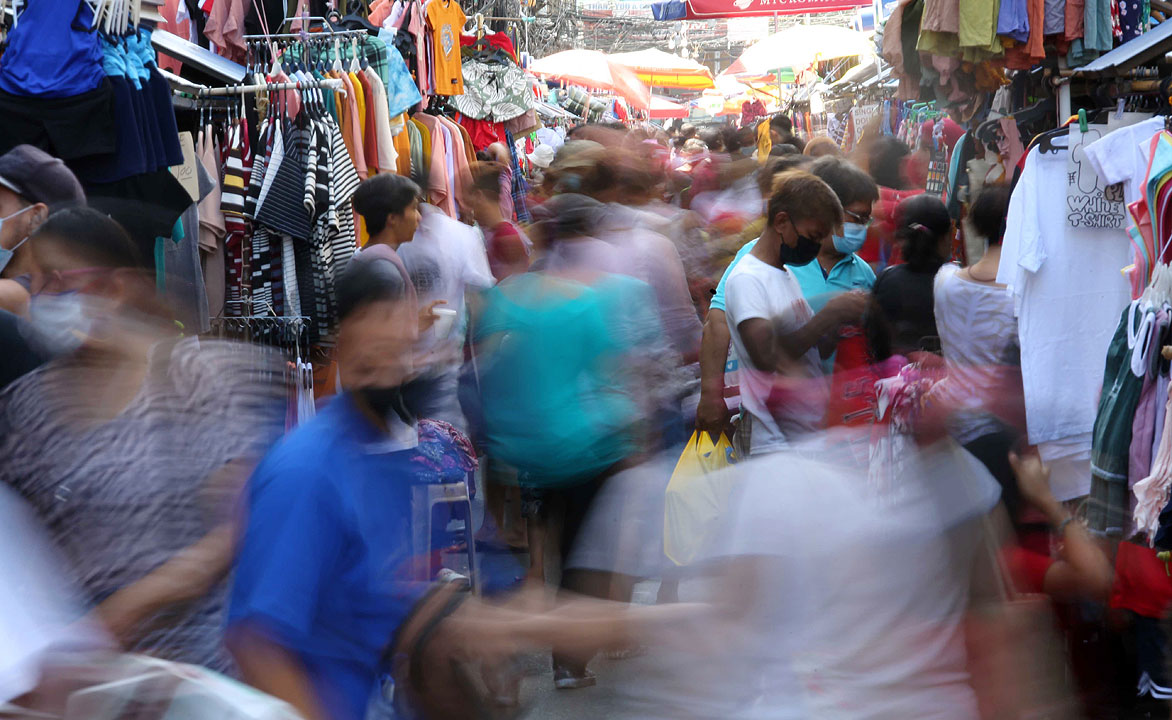Hidden casualties: The impact of COVID-19 on marginalized Filipinos
Yellow Pad
Isabel Rodrigo

As we approach three years since COVID-19 was declared an international emergency, we ought to examine how the pandemic has affected those at the margins, for whom the pandemic has taken a different toll than those at the center.
The past three years have taught us that no one experiences a global health crisis the same way. It’s by now a general agreement that while the virus itself may not discriminate, it has had a disproportionate effect on minoritized people.
An example of this is the alarming statistic which circulated early in the pandemic that Filipino nurses constitute only 4% of registered nurses in the US but accounted for nearly a third of COVID-related deaths among them.
Here in the Philippines, the uneven outcome, with the marginalized people being burdened most, is stark. The World Bank said that based on community surveys conducted in 2020 and 2021, “COVID-19 has taken a heavy toll on rural livelihoods. Loss of income and job opportunities were overarching challenges in poor communities in the Philippines.”
In mid-2022, I embarked on a year-long joint study sponsored by Action for Economic Reforms and the Samdhana Institute (a regional non-profit developmental organization based in Indonesia) to evaluate how the pandemic has affected marginalized people. The project involves two case studies of far-flung coastal local government units in disaster-prone Eastern Samar.
One insight I gained from the ongoing study is that for some Filipinos, the measures taken to curb the pandemic have been more devastating than the virus itself.
The coastal municipalities of Guiuan and Arteche, two of the most remote areas on Samar Island with populations of 53,000 and 16,000, respectively, had some of the lowest rates of infection in the country, with some barangays recording no cases at all. Despite this, local governments imposed many of the same protocols that were imposed in densely populated urban areas like Metro Manila, resulting in hunger and loss of livelihood for the farmers and fisherfolk of these towns.
Some protocols, such as only being allowed to fish at night, were confusing or disorienting to the fisherfolk. The local people found other pandemic measures, such as being forbidden by police to step outside their homes, oppressive.
But perhaps no pandemic measure has caused such long-term harm as distance learning has had on the young people of Guiuan and Arteche. Arguably, the children and youth from similarly situated municipalities across the country went through the same experience. Effective distance learning presupposes the presence of appropriate technologies like strong and consistent internet connectivity.
Guiuan, a second-class coastal municipality in the southernmost tip of Samar Island, suffers from a particularly weak cell signal. Internet connectivity is rare and expensive for the people of this town. Unlike Metro Manila, there are no online classes in Guiuan. Instead, “modular learning” was accomplished by teachers distributing worksheets for parents to take home to their children. Elementary and high school students would then accomplish these on their own (though some mothers reported accomplishing these for their children) by searching the answers online or sharing answers among themselves.
Parents reported higher costs since they had to pay for their children’s schooling as well as the added cost of internet and school supplies. Mothers, who bore the burden of care work, were affected by having to divide their time between their work and their children’s lessons. The lack of instruction caused by two years of distance learning has been particularly disadvantageous for younger children, some of whom still cannot read at grade four.
Meanwhile, in Arteche, a third-class coastal municipality in the northern end of Samar, students who attended university in Borongan (nearly three hours from Arteche) dropped out of college due to the difficulty of distance learning, compounded by the limited cell signal and internet connectivity. Some students found it impossible to learn without instruction and left their hometown to find work in Manila instead. Some older students received failing grades for being unable to turn in submissions on time.
Younger students devised a method around this: One student would buy mobile data, search for answers to their homework online, and share their answers with the rest of the class. As one barangay captain said, in his native Waray-Waray, “no one learned a thing.”
While distance learning was necessary and suitable for densely populated urban areas, it is difficult to say whether this was the correct course for geographically isolated rural towns like Guiuan and Arteche. Because of the peculiarities of their situation, such as the absence of cell signal in some barangays, the pandemic measures imposed on them have permanently altered the lives of many and worse, significantly set back the lives of others.
The conditions in these remote rural municipalities might be outliers, but they serve as a reminder that a one-size-fits-all approach to policymaking can impede the very same people it aims to serve.
It is easy to understand how leaders or policymakers, amid pandemic panic and unprecedented circumstances, are drawn to drastic options and general solutions without considering the peculiarities of the local situation. Our policymakers, national and local, have to imagine better ways for better outcomes especially for those at the margins.
Isabel Rodrigo is a Manila-based researcher working for Action for Economic Reforms.
